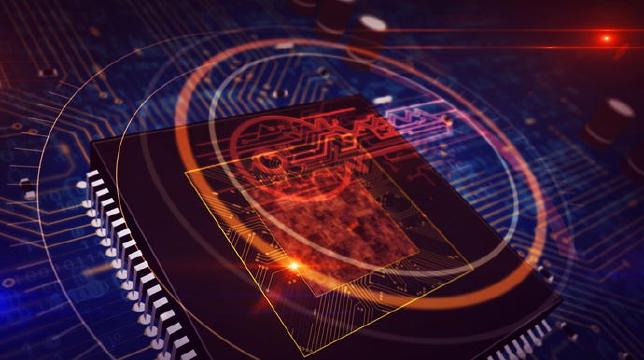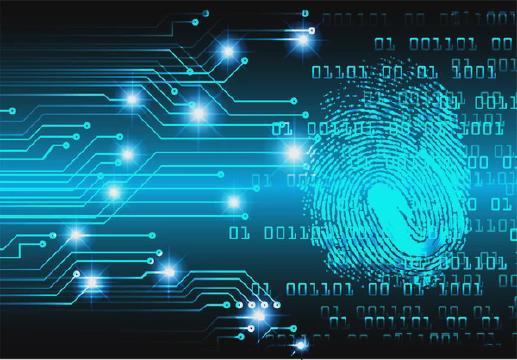Excerpt§
With a 512-bit design, there are an unfathomable number of possible SHA-512 hashes - far more than atoms in the universe. This virtually eliminates random collisions, making each hash unique for security applications.
Introduction§
SHA-512 is an important cryptographic hash function used widely for digital security. It takes an input and generates a unique 512-bit hexadecimal hash value.
But with hashes this large, how many potential SHA-512 hashes exist? Understanding the hash space allows proper security analysis when using SHA-512.
Understanding SHA-512 Hashes§
SHA-512 is part of the SHA-2 family of cryptographic hashes published by NIST in 2001.
It takes an input of any length, applies complicated mathematical operations, and outputs a 512-bit hash. For example:
1Input: "IToolkit"
2
3SHA-512 Hash:
4b867aa4764e247e6baa8beb20c30c764e0a81fd32494a559306c8cb76c2f69003c10f85f9b7b242e6825079045e0e435da7528eac9ec6ec301d79cd82c533736
textThe hash is represented as a 128-character hexadecimal string. The algorithm is designed to be deterministic yet irreversible - the same input always produces the same hash, but the hash cannot be reversed to find the input.
The Mathematical Possibilities§
A SHA-512 hash is 512 bits long. Each bit has two possible states - 0 or 1.
So the number of potential hashes can be calculated as:
2^512 = 1.34 x 10^154 possible hashes
That’s a 154 digit number! Some projections:
- There are an estimated 10^80 atoms in the observable universe
- 1000x more SHA-512 hashes than atoms in the universe
- If every atom stored 1 billion hashes, we’d need 10^44 universes to store all possibilities
This illustrates the astronomical scale and computational complexity underlying SHA-512.
Collisions and Uniqueness§
A collision occurs when two inputs generate the same hash output.
SHA-512’s design aims to minimize collisions. The chances of a random collision are 1 in 2^256 for SHA-512.
Some projections:
- You’d need 10^38 human lifetimes of hash calculations to find a 50% chance of a random collision
- Less likely than randomly picking one specific atom in the universe
So while collisions are mathematically possible, the probabilities are infinitesimal in any practical sense.
Practical Applications§
This virtually eliminates collisions as a concern for these uses of SHA-512:
- File verification - Check file integrity by hashing contents
- Passwords - Store salted password hashes rather than plaintext
- Blockchain - Hash ledger transactions into the immutable chain
- Digital signatures - Sign documents by hashing the contents
The real-world likelihood of duplicate SHA-512 hashes is effectively zero. This makes each one unique for verifying data and identity.
Conclusion§
The 512-bit design of SHA-512 enables astronomical complexity - far more hashes than atoms in the universe!
Random collisions are a mathematical curiosity, not a practical weakness. The uniqueness of SHA-512 hashes within reasonable probability bounds is relied upon for many security applications.
Proper statistical analysis helps quantify the security margins offered by cryptographic hashes. While the hash space appears endless, risks like compromised randomness or quantum attacks must also be considered.
Overall, the virtually unlimited number of SHA-512 hash possibilities highlights the resilience of its design for secure digital fingerprinting and verification across many domains.















